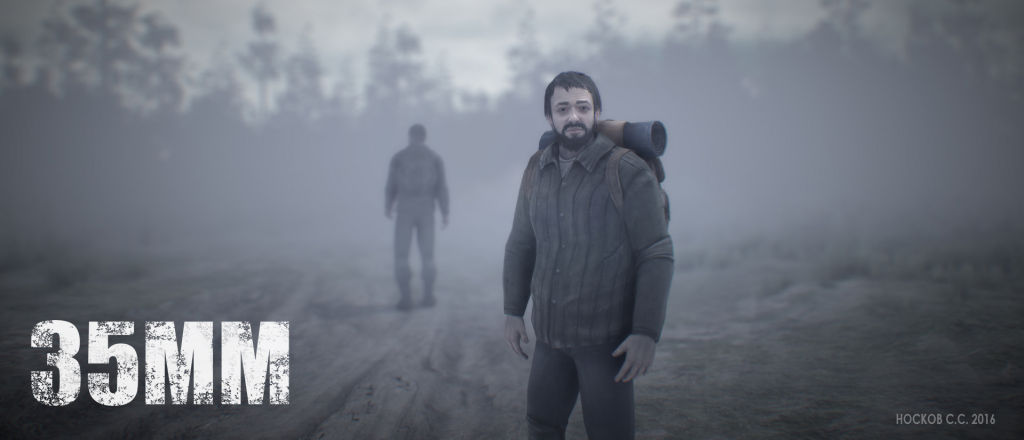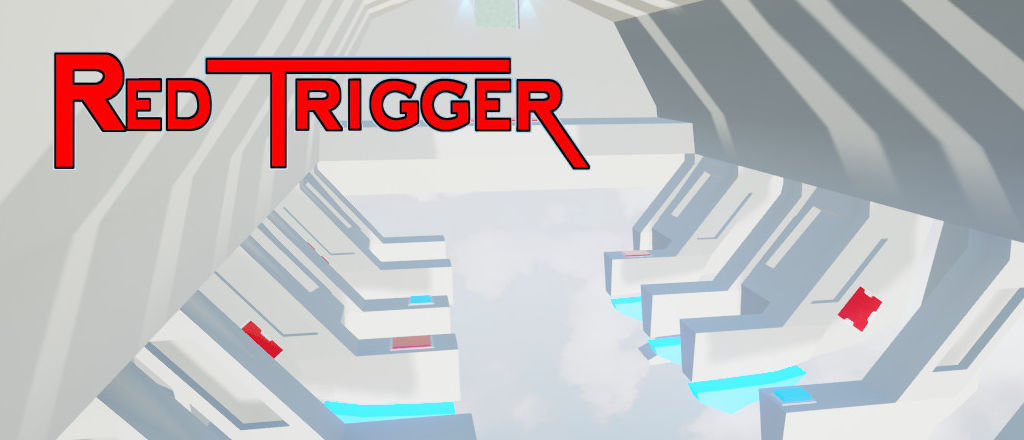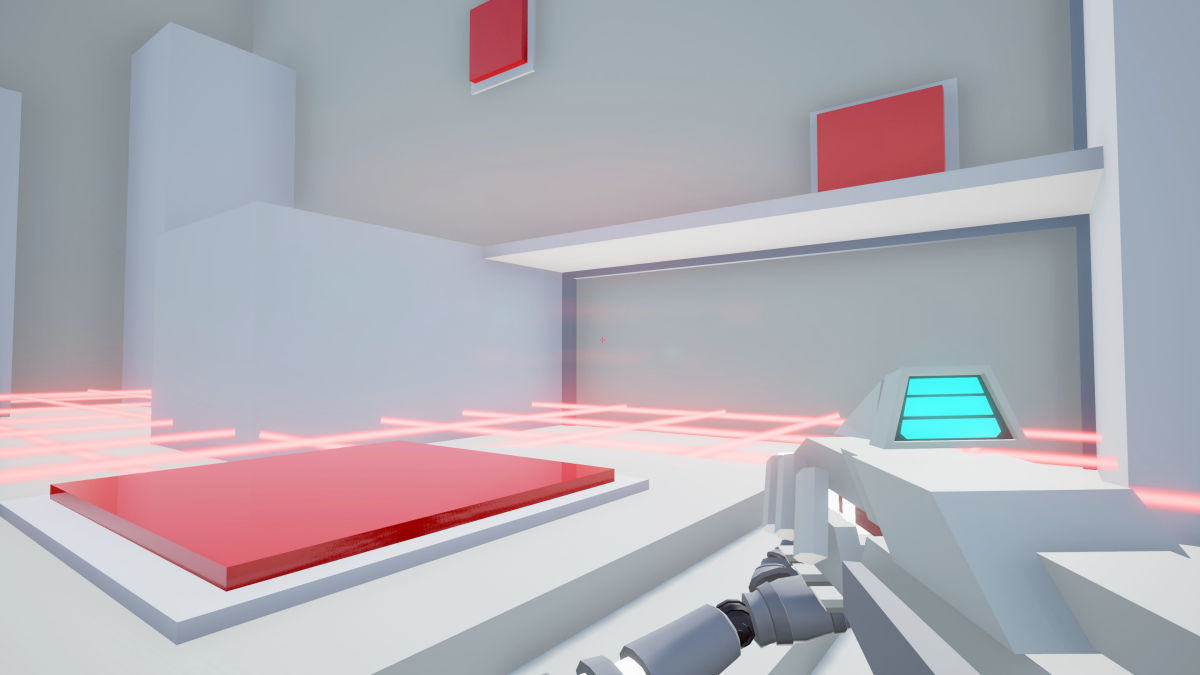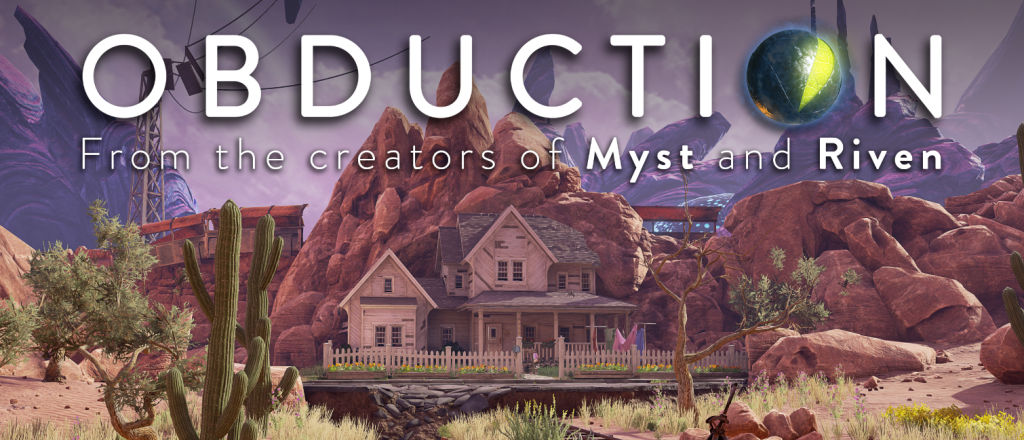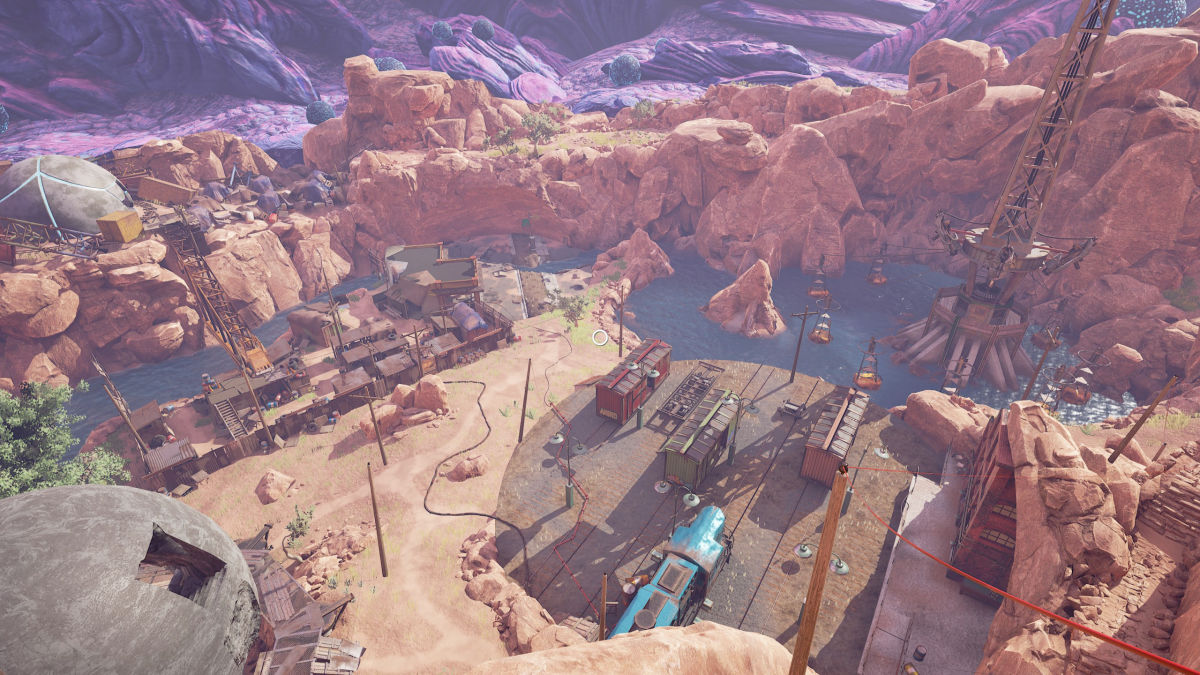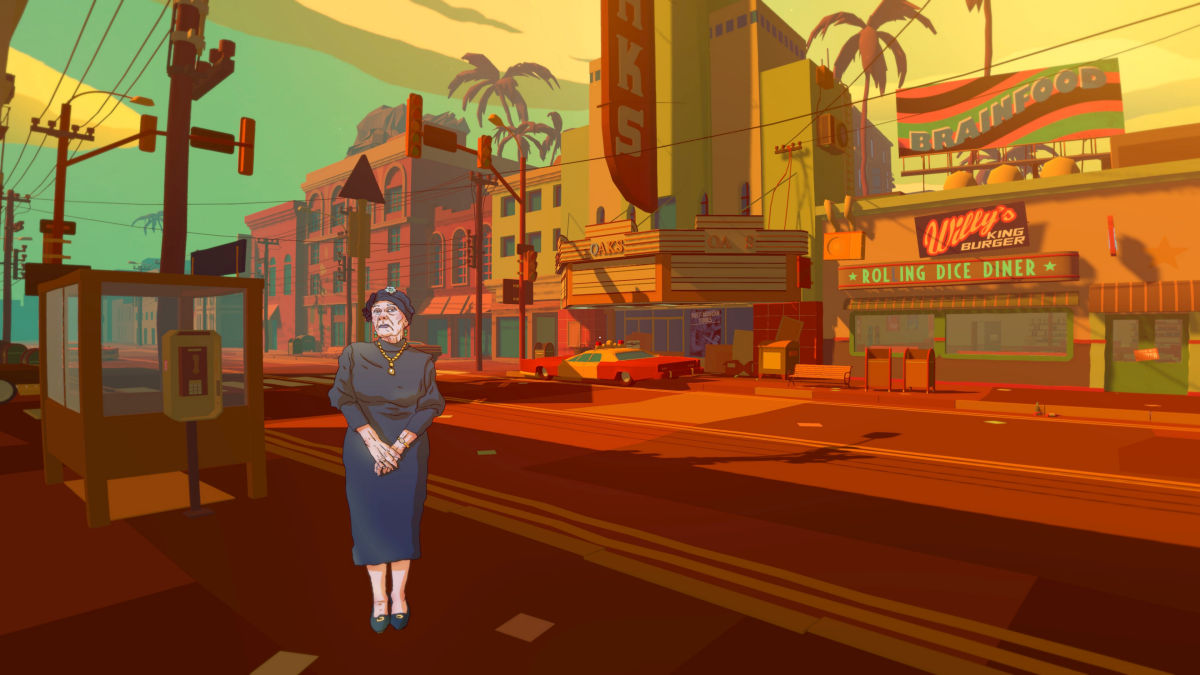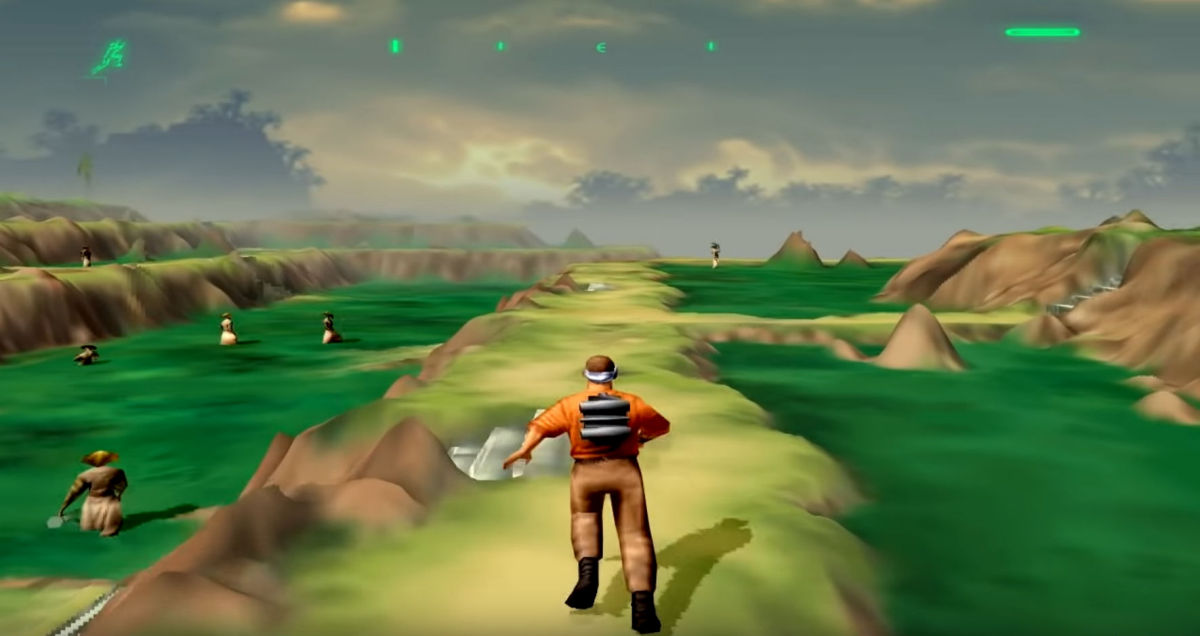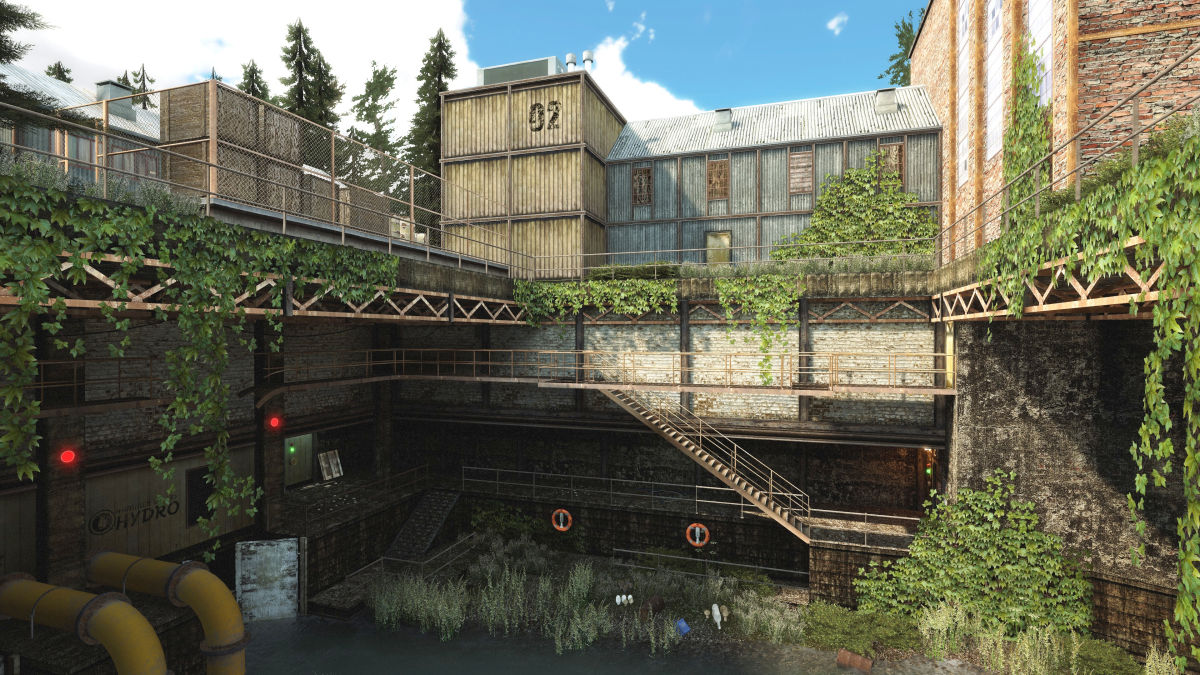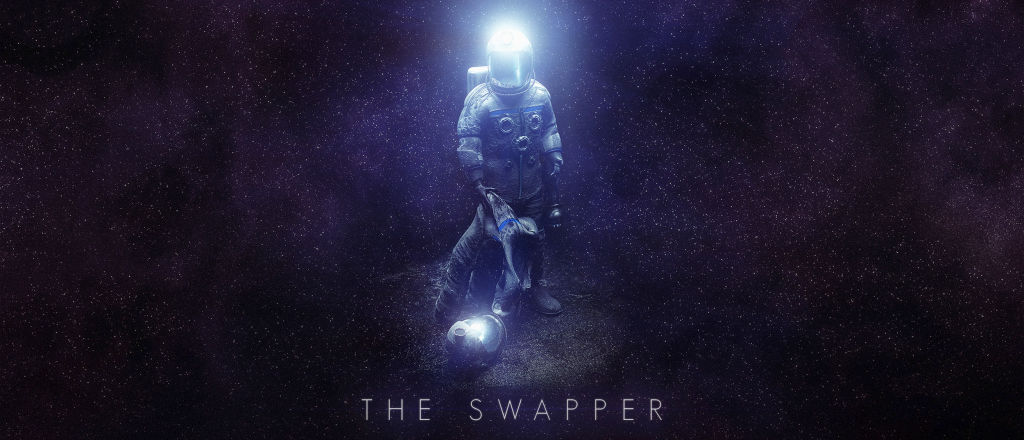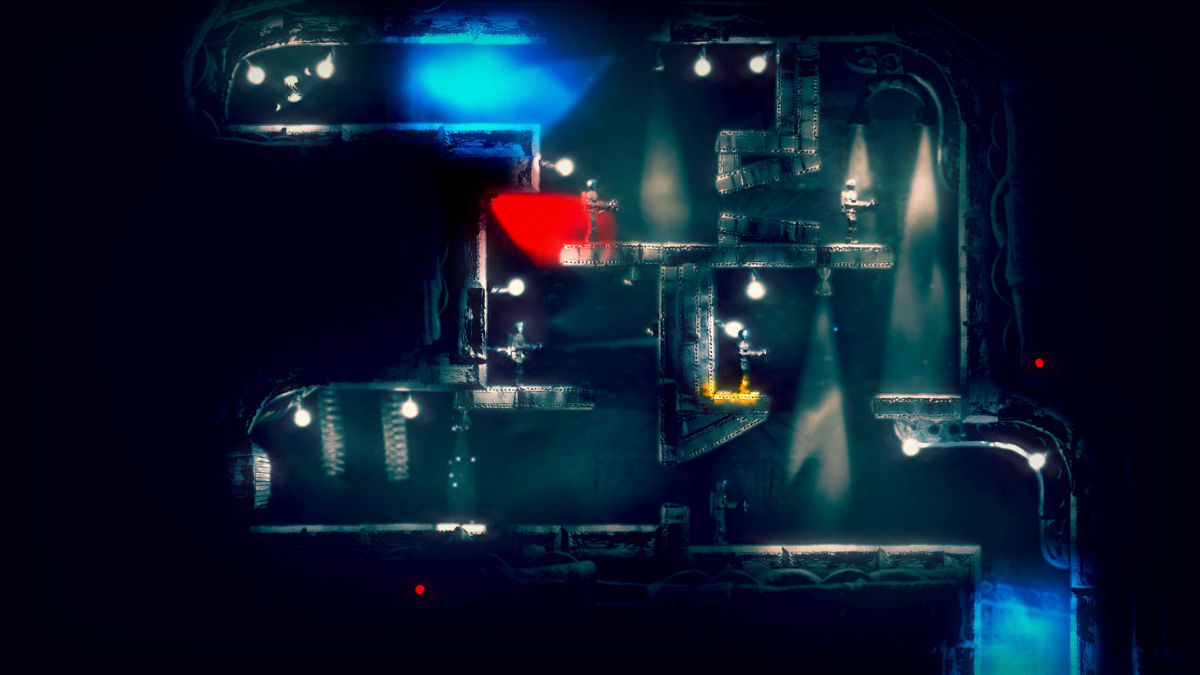Developer: Носков Сергей | Released: 2016 | Genre: Adventure, First Person
This game was full of surprises. It started out with a way too long slow walk through a forest, me and a buddy of few words, making it look like a boring walking simulator facile adventure, but after the almost six hours it took to complete it, it had also been a real adventure game with objects to find, puzzles to solve, a railroad trolley to ride, and at times even a genuine FPS with a gun or an assault rifle.
Sometimes the game reminded me of I Am Alive, sometimes of INFRA.
It was a bleak first person adventure with a notebook for keeping tabs of inventory icons. Damage or fatigue had to be fixed with medikits or food and a flashlight needed batteries. My buddy usually dictated the direction to walk, but I was free to break off and explore the areas for loot. I could cut ropes on door handles for access or take completely pointless pictures with an old camera.
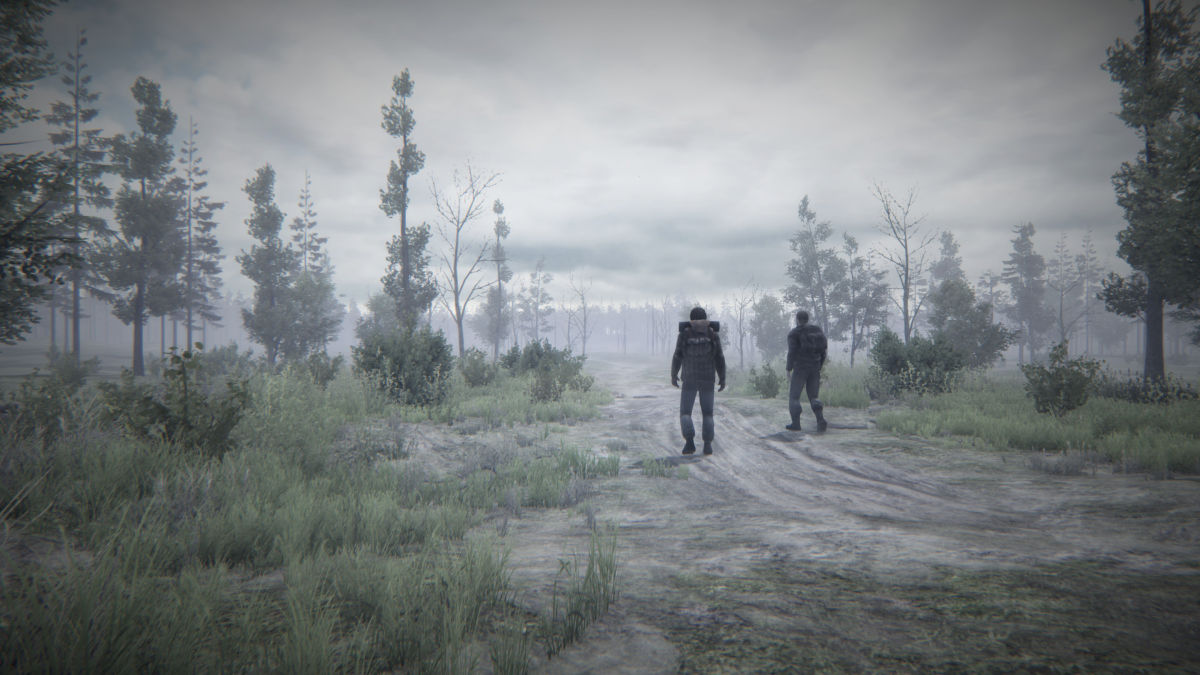
Sometimes a rare QTE made me mash buttons to complete a cutscene, like winning a fist fight.
The game honestly had too much exploration of areas for way too little loot. There were sometimes several houses or even floors in buildings where I had to search dark rooms for loot, yet too often it was rarer than finding visitors for this blog. There were also traps. After a few exploding deaths I learned to look for wires in door openings that could be cut with my knife.
After a few levels of solitude, my buddy and I started meeting people. There were no dialog trees, but there were often small talks, letters to read, a puzzle, or a task like finding a car battery to power something.
Then evil people started showing up.


